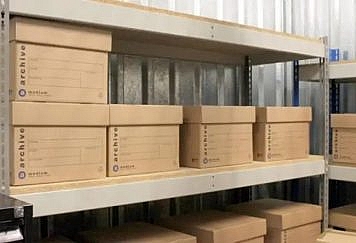Want to improve the efficiency of your business? Consider using GST Reconciliation. It can be very helpful in simplifying procedures and increasing profits when implemented correctly. By leveraging the power of GST reconciliation, you can ensure accuracy, reduce manual errors, and minimize administrative costs whilst ensuring your business complies with government regulations.
In this blog post, we’ll discuss the power of GST reconciliation and how it can help streamline your business operations.
So, let’s get started.
What is GST reconciliation?
GST reconciliation refers to comparing the data filed by a taxpayer in their GSTR-1 (outward supplies) and GSTR-3B (summary return) with the data auto-populated in their GSTR-2B. GSTR-2B is an auto-generated statement that provides details of the input tax credit (ITC) available to a taxpayer based on the purchases made from their suppliers.
During the reconciliation process, the taxpayer compares the details of the inward supplies (purchases) as per their GSTR-2B with their records of purchases and cross-verifies the amounts, invoice numbers, and other relevant information.
Ways in GST Reconciliation Helps Businesses.
Here are the key points explaining how GST reconciliation can help streamline your business:
- Accuracy in ITC (input tax credit): By reconciling your GSTR-2B statement with your records, you can ensure that the input tax credit claimed is accurate. This helps in minimizing errors and avoiding any penalties or additional tax liabilities.
- Identifying discrepancies: The reconciliation process helps identify discrepancies, such as missing invoices, incorrect tax amounts, or mismatches in supplier details. By detecting these issues early on, you can rectify them promptly and avoid potential compliance issues.
- Minimizing revenue leakages: Through reconciliation, you can identify any revenue leakages caused by missed invoices, duplicate entries, or incorrect data entries. You can prevent financial losses and improve your revenue management by rectifying these errors.
- Improved compliance: GST reconciliation ensures compliance with the GST regulations. By accurately reporting and matching your purchase data with the GSTR-2B statement, you can meet the compliance requirements set by the tax authorities, thereby avoiding any legal consequences.
- Efficient vendor management: Reconciliation allows you to track and monitor the performance of your vendors by comparing their invoices with the GSTR-2B statement. This helps in identifying reliable suppliers and maintaining healthy vendor relationships.
- Enhanced financial management: By reconciling your GST data, you will have a clearer picture of your financial records. This helps in accurate reporting, financial planning, and decision-making based on reliable data.
- Time and cost savings: Implementing a systematic GST reconciliation process can save time and costs associated with correcting errors or addressing compliance issues later. It also reduces the chances of audits or penalties, which are usually time-consuming and costly.
- Increased operational efficiency: By streamlining the reconciliation process and ensuring accuracy in GST filings, you can improve the overall operational efficiency of your business. This allows you to focus on core activities and strategic initiatives rather than dealing with reconciliation-related issues.
The Bottom Line
GST reconciliation can help streamline your business’s financial processes, making it easier to stay compliant and keep your books accurate. By using the right software solution, you can save time and money in the long run while also ensuring that GST payments are handled efficiently.
With all these benefits, there’s no reason not to start taking advantage of GST reconciliation today! So, take the time to explore the options available and find a solution that helps you streamline your business processes.
Follow Techstrange for more!





